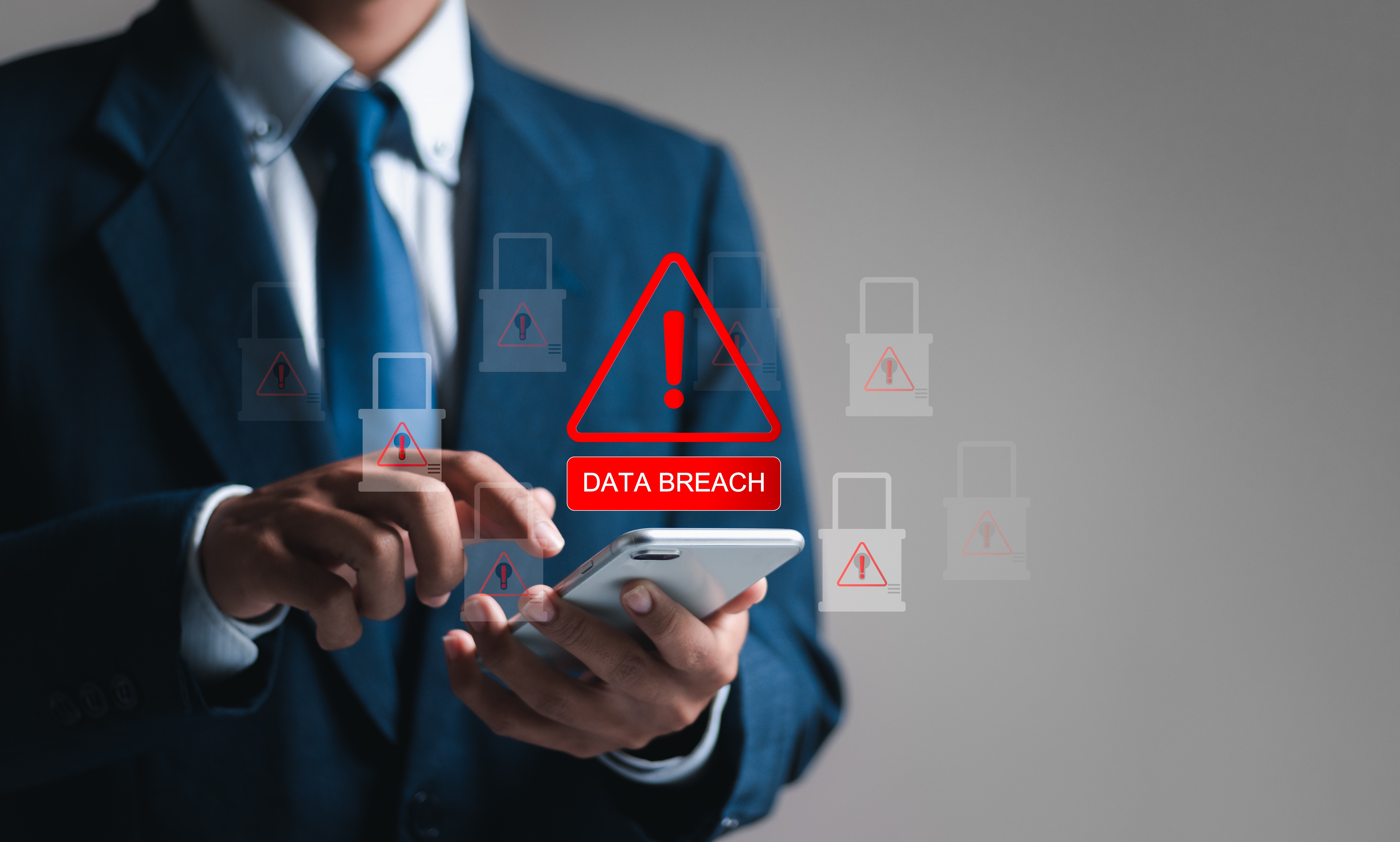Effective protection against data breaches and other cyberthreats takes more than a sturdy firewall and a hefty password requirement. Your organization’s complete cybersecurity program includes compliance with all technology regulations relevant to your industry, business, or location.
The benefits of compliance
Cybersecurity regulations are created by government agencies, industry groups, and other authorities to protect organizations from the threats that target their specific industries. And compliance isn’t only important for large corporations. Today, small and mid-sized businesses are particularly attractive to cybercriminals. They’re also more likely to suffer extensive damage from an attack than larger organizations. Financial, reputational, and legal consequences can take years to resolve – or result in the complete demise of the business. Maintaining compliance with relevant cybersecurity regulations provides an important defense against that potential destruction.
Cybersecurity regulations provide clear guidelines for your cybersecurity strategy. When current or potential customers know you’re in compliance, they know their data is protected, and that they can feel confident doing business with you.
Maintaining compliance with these controls can sometimes feel inconvenient. When you establish a culture of compliance - an environment where compliance is an intrinsic part of the entire business - you signify that your organization is committed to continuously evaluating and improving your cybersecurity to meet changing regulations, laws, and industry-relevant requirements. Keeping pace with regulatory requirements enables you to analyze risk, implement sufficient protection, mitigate threats, and even provide an action plan in the event of a breach.
Along with helping ensure you’re protected from evolving risk, maintaining a culture of compliance establishes your organization’s trustworthiness, integrity, and maturity in your industry.
The potential pitfalls of non-compliance
While adhering to regulatory requirements provides the important benefit of better protecting your organization, your data, and your customers, it also helps to avoid regulatory penalties.
In the event of a breach involving either external or internal data, relevant regulatory authorities may conduct a thorough investigation, which can result in a significant fine.
That fine serves as both a painful reminder of the business’ responsibility to ensure proper compliance, and a message to the wider industry of the importance of keeping up with relevant requirements.
Here’s a potent example of the risks of non-compliance: A retail chain that experienced a significant data breach due to inadequate compliance with credit card acceptance regulations was fined over $2.5 million and suffered a 30% decline in sales for the following quarter.
Cybersecurity regulations you should know
The expansive range of cybersecurity regulations share the same goal: creating rules that are easy to follow and can be adapted to an organization’s unique technology environment to effectively safeguard data.
The requirements that apply to your organization may depend on where you’re located, which markets you operate in, what type of data you store, where that data is processed, and other variables. The primary focus of most requirements is protecting personal information – names, Social Security numbers, dates of birth, health information, and more. The more confidential the information is, the more it’s at risk of a cyberattack. Here’s a look at a few of the more expansive regulatory requirements applicable to businesses today.
Health Insurance Portability and Accountability Act (HIPAA)
This U.S. federal statute covers sensitive health-related information. Any entity that transmits health information electronically must comply. The act consists of privacy rules, security rules, and breach notification rules. It doesn’t apply to organizations outside of the U.S.
Customers and patients don’t take the privacy of their personal health information lightly. Since the HIPAA Privacy Rule was established in 2003, over 358,975 HIPAA complaints have been filed with the Department of Health and Human Services. (Source: HHS)
Payment Card Industry Data Security Standard (PCI-DSS)
This requirement is managed by major credit card providers, with the primary goal of protecting cardholder data. The standard applies to merchants that handle payment information, and contains 12 standard requirements, including firewall configuration, password protection, and data encryption. Non-compliant organizations risk losing their merchant licenses, and incurring fines as high as $500,000.
General Data Protection Regulation (GDPR)
This data protection and privacy law guides the collection and protection of personal data of individuals in the European Union. Any U.S.-based organization doing business in any EU country must be in compliance with GDPR.
Creating a long-term compliance plan
The overall concept of achieving and maintaining cybersecurity compliance can feel overwhelming. A simple, step-by-step plan can help break the process down into manageable phases.
1. Set up a compliance team: Define ownership and responsibilities for maintaining and updating a compliant cybersecurity environment.
2. Analyze risk: Identify assets, determine the risk level and impact of a breach on each, set risk tolerance levels and priorities.
3. Set security controls: Determine the measures you’ll implement to handle risk, including data encryption, firewalls, password policies, and employee training.
4. Document policies and procedures: Create a handbook that helps systematically align, revise, and audit your organization’s compliance.
5. Monitor and respond: Track which methods work, what can be improved, where new risks lie, and what changes need to be implemented.
Compliance is important – but it’s not enough
Compliance with all relevant cybersecurity regulation alone doesn’t automatically translate to full protection. These requirements often establish minimum baselines, and they may not evolve quickly enough to keep pace with the ever-changing threat landscape. They also may not be sufficient to meet your organization’s specific security needs.
Your most effective and cost-efficient route to achieving both the compliance and protection levels you need may be to call on external expertise. CompassMSP’s Secure Path is a newly enhanced suite of cybersecurity and compliance services that delivers customized processes and protections to meet your organization’s unique needs and your industry’s regulations.
To learn more about how CompassMSP can help, please contact us here, or call 833-444-2677.
Register for the next CompassMSP Cybersecurity Webinar
.png)




.png)

.png)
